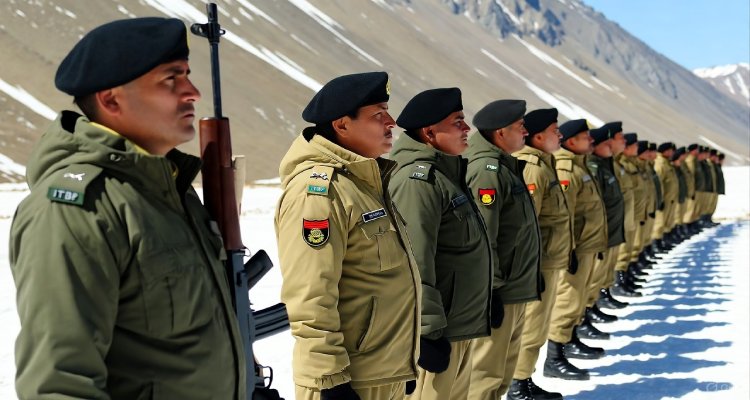Inside the Nithari Killings: The Chumki Ghosh Case That Shook a Nation
The Netflix film “Sector 36” loosely retells the story of the Nithari killings, which were exposed following the disappearance of Payal, a character mirrored as Chumki Ghosh. This article explores the real-life events that led to the arrest of serial killer Surinder Koli and his employer Moninder Singh Pandher, whose crimes left India in shock. It delves into the police investigation, public outrage, and the eventual discovery of multiple murders in the village of Nithari.
The 2006 Nithari killings left a deep scar on India’s collective memory, unveiling a chilling series of murders in a small village. “Sector 36,” the latest Netflix film starring Vikrant Massey and Deepak Dobriyal, is loosely based on these horrifying events. It delves into the case of Surinder Koli and Moninder Singh Pandher, fictionalized as Prem Singh and Balbir Singh Bassi, respectively. This film explores the investigation that unraveled after the mysterious disappearance of Chumki Ghosh, portrayed by Tanushree Das. The search for Chumki led authorities to uncover one of India’s most gruesome criminal cases.
The Real Chumki Ghosh: The Trigger to Uncover Nithari Killings
The real-life character behind Chumki Ghosh was a woman named Payal, who went missing in May 2006 under mysterious circumstances. According to Anirban Bhattacharya’s book, Deadly Dozen: India’s Most Notorious Serial Killers, Payal informed her father, Nand Lal, that she was headed to Moninder Singh Pandher’s house to assist with domestic chores. However, she never returned.
Worried, her father went to Pandher’s residence, where Koli, the house help, denied Payal had ever been there. Nand Lal’s suspicions grew as Koli mentioned Pandher was in Chandigarh, but Nand Lal persisted. Over the next month, he tirelessly visited Pandher’s home and the police station, only to be met with indifference. It wasn’t until October 2006, after intervention from a senior judicial official, that an official FIR was filed.
In “Sector 36,” these real-life events are mirrored, with Chumki’s father struggling to get police attention, reflecting the frustrations that Nand Lal faced. The fictional account brings to light the negligence and delays that surrounded the early investigation into the Nithari murders.
The Investigation Unfolds
The case took a critical turn when Payal’s phone records were examined, showing she had spoken with Pandher before her disappearance. Although Pandher had an alibi—he was in Chandigarh attending his father’s final rites—the suspicion surrounding him grew. Investigators began to probe deeper into the people associated with him, particularly Koli.
Payal’s phone was eventually tracked by the cybercrime department, leading investigators to a shocking discovery. Koli had used her phone after killing her, replacing the SIM card and handing the device to a local rickshaw driver. This trail led the police to arrest Koli, whose subsequent confession revealed the unimaginable: he had killed Payal, dismembered her body, and discarded the remains behind Pandher’s house.
In “Sector 36,” the police’s breakthrough comes after a similar confession, with Massey’s character admitting to the brutal crimes, much like Koli did in real life. Koli’s confession opened the floodgates to a series of revelations, exposing the horrifying extent of the Nithari killings.
The Fallout and Public Outrage
When Koli’s full confession came to light, the public was horrified by the extent of his crimes. He admitted to not only killing Payal but also dismembering the bodies of multiple victims, most of whom were children. The bodies were disposed of in a drain behind the house, leaving a community and a nation in shock.
The case against Koli and Pandher sparked widespread outrage, as people demanded justice for the victims. Pandher, who claimed no involvement in the murders, was also convicted due to the overwhelming evidence against him and his failure to supervise Koli’s activities.
The film “Sector 36” doesn’t just highlight the crimes themselves but also examines the systemic failures that allowed these horrors to continue for so long. It emphasizes the importance of vigilance, swift action, and empathy in police investigations.
(Disclaimer: This article is based on real-life events and media portrayals as interpreted in the Netflix film “Sector 36.” While every effort has been made to accurately reflect the facts, certain elements may have been fictionalized for dramatic purposes. The opinions and interpretations expressed in this article are those of the writer and do not represent official statements or legal conclusions.)
Also Read: Ramayana: The Legend of Prince Rama Set to Captivate Indian Audiences This Dussehra Season











